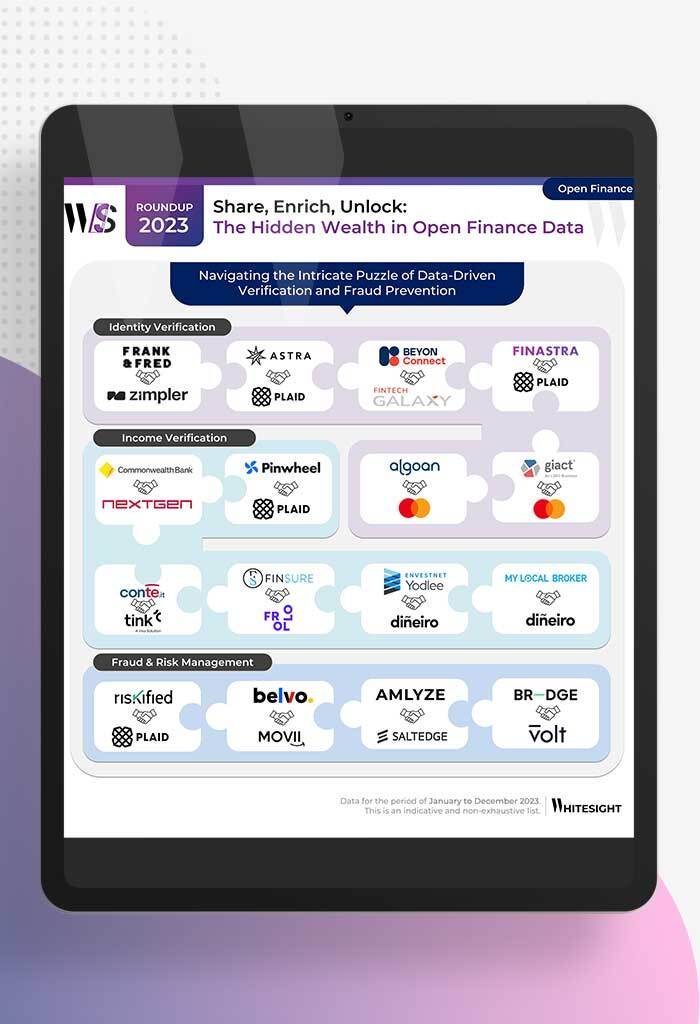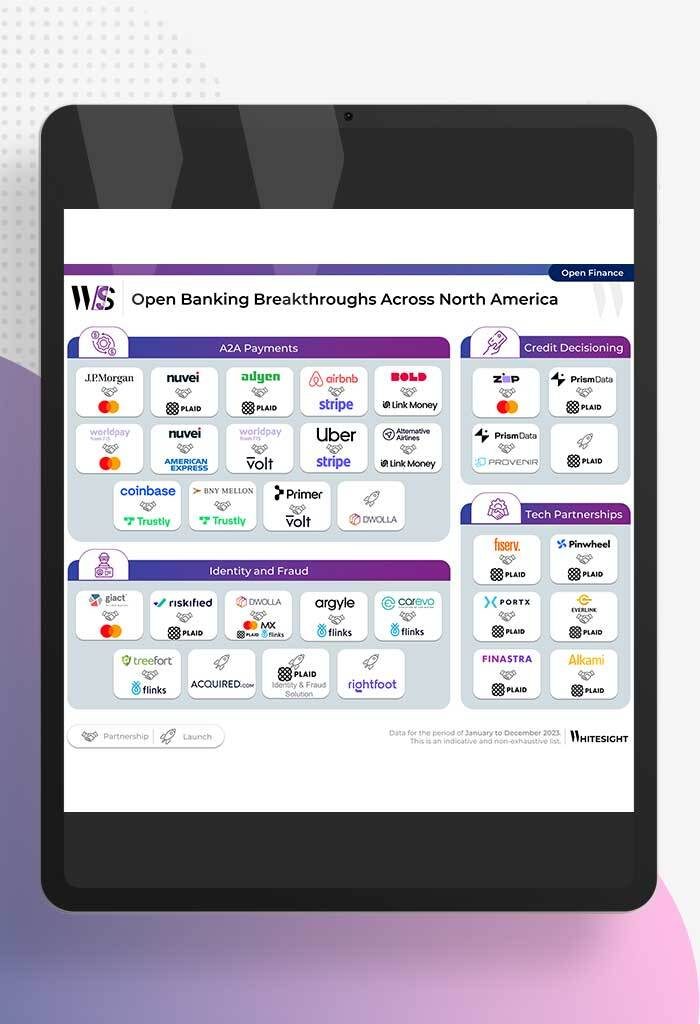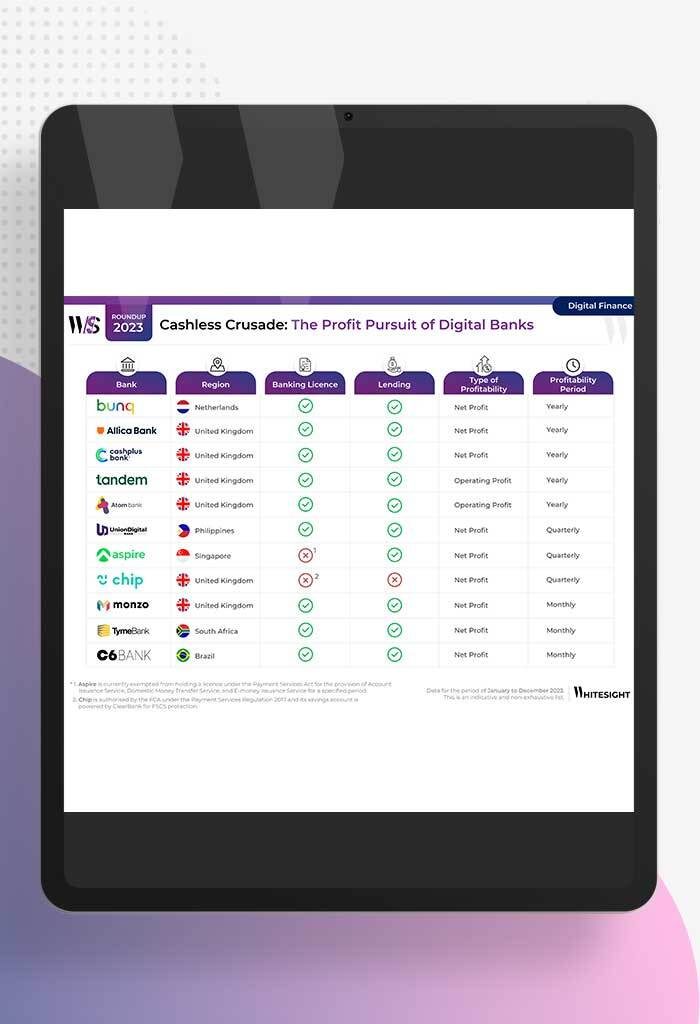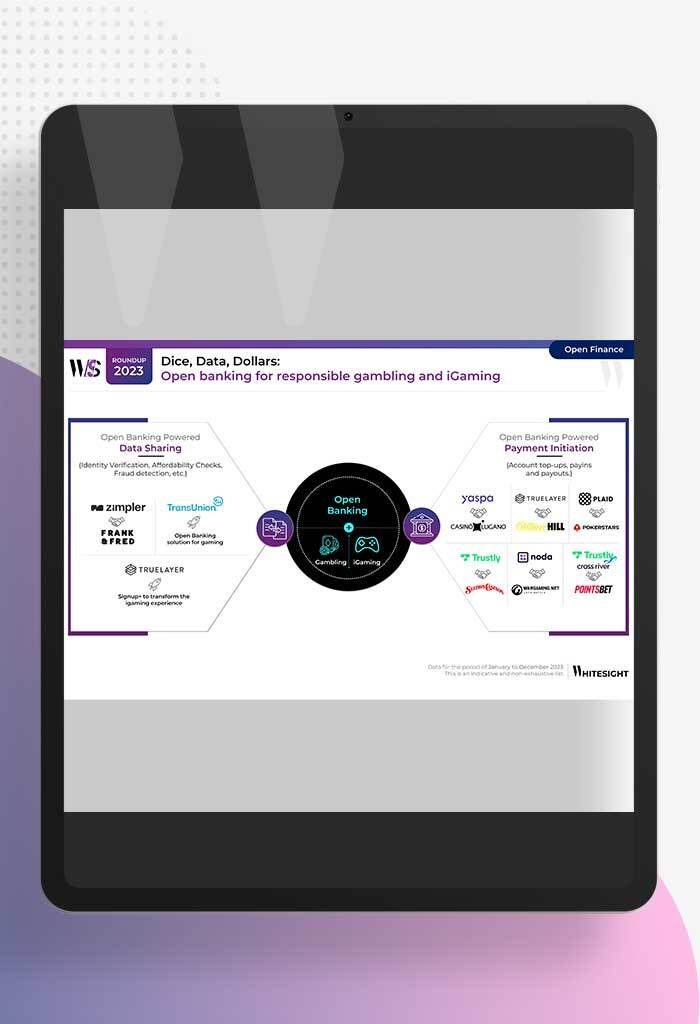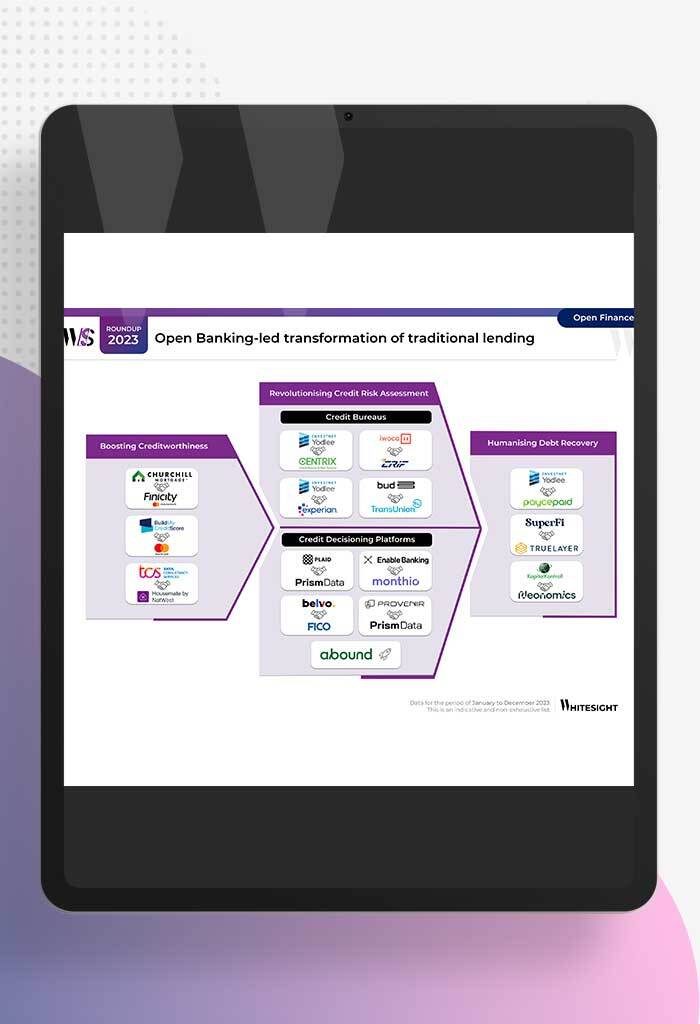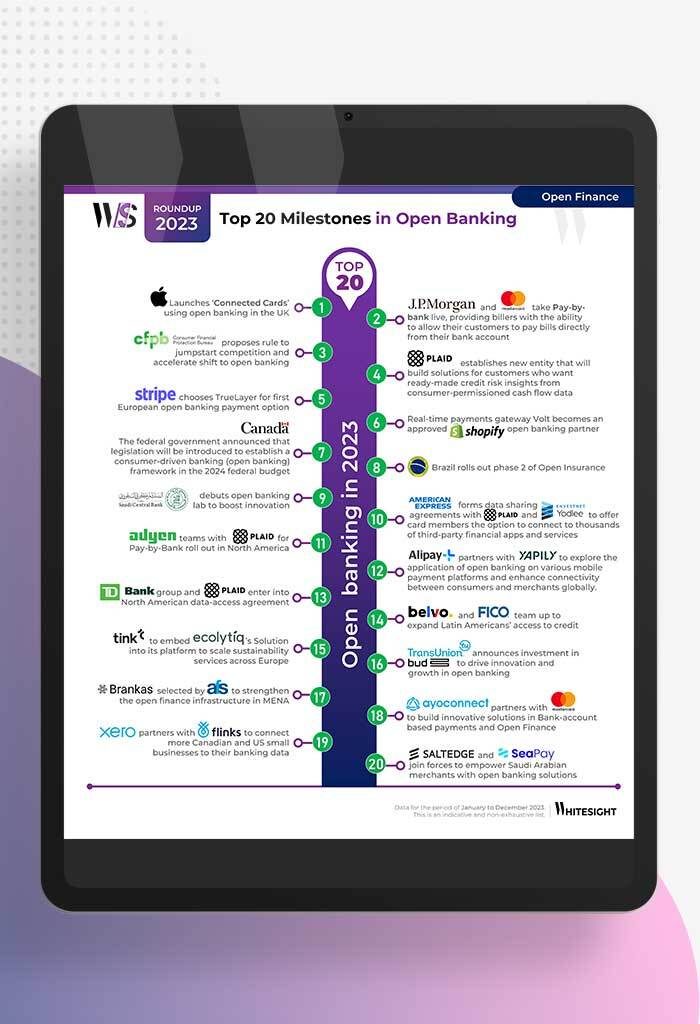Virtual Assets, Real Opportunities: Financial Institutions’ Metaverse Exploration
- Sanjeev Kumar and Kshitija Kaur
- 5 mins read
- Digital Assets, Insights
Table of Contents
Virtual Assets, Real Opportunities: Financial Institutions’ Metaverse ExplorationThe metaverse is a work in progress, a realm of limitless possibilities where experimentation reigns supreme and competing platforms seek to establish dominance. Financial institutions have been equally delving into this exciting new realm, collaborating with tech companies to explore potential use cases and refine the platforms into veritable conduits of economic potential.As technology continues to transform the financial landscape, empowering customers with new ways to transfer, invest, and save funds, financial services providers are presented with a unique opportunity to cultivate a fresh crop of loyal, long-term customers while continuing to satisfy existing ones. With virtual spaces becoming increasingly integral to our daily lives, several brands have been seizing the momentous occasion to explore the potential applications and leverage the capabilities to offer innovative financial solutions to their customers.Amidst a tumultuous year for the cryptocurrency and blockchain world in 2022, the metaverse has witnessed vigorous recognition, showcasing its resilience and potential. Despite its progress, the current phase is acknowledged as the pre-metaverse era. It is anticipated that a more comprehensive definition of the metaverse will emerge in the coming years as it continues to evolve and mature.To anticipate what lies ahead for […]
This post is only available to members.
Already a subscriber? Log in to Access
Unlock this blog
Gain exclusive access to this blog alone.
Radar Subscription
Select a membership plan that resonates with your
goals and aspirations.
Not Ready to Subscribe?
Experience a taste of our expert research with a complimentary guest account.
We publish new research regularly. Subscribe to stay updated.
No spam.
Only the best in class fintech analysis.
Related Posts
- Kshitija Kaur and Sanjeev Kumar
From Data Streams to Enriched Data Fountains Remember the early days of plumbing? Water flowed freely, but its quality was...
- Samridhi Singh and Sanjeev Kumar
North America’s Open Sesame: Use Cases Bloom Open banking has garnered significant attention in recent years, and at Whitesight, we’ve...
- Samridhi Singh and Sanjeev Kumar
Profitability Unlocked: Licences, Service, and Survival The rise of digital banks has sparked a paradigm shift in how we perceive...
- Sanjeev Kumar and Risav Chakraborty
High stakes in the gambling sector The online gambling industry is booming, with a projected market size of $107.3B by...
- Sanjeev Kumar and Risav Chakraborty
Open Banking-led Transformation of Traditional Lending In 2023, a wave of innovation swept through the lending industry, thanks to several...
- Sanjeev Kumar
Unmasking Open Banking’s Game Changers in 2023 2023 has been a pivotal year in the world of open banking, marked...
